Romania
Romania
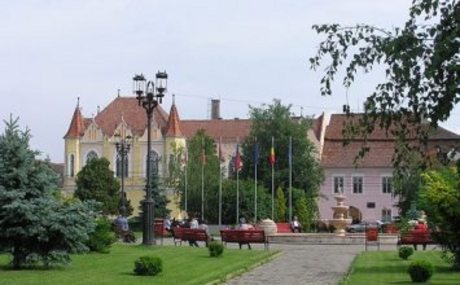
Sebes, another small Saxon town, situated on the banks of the river Sebes, is also appreciated for the remains of the citadel (14 – 15th century) burned by the Turks, just a few towers standing as an emblem of what the citadel was: Tailor’s Tower, Student’s Tower, Shoemaker’s Tower.
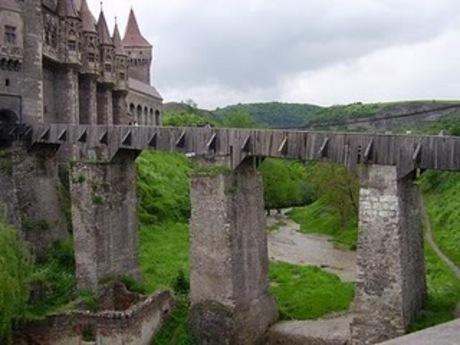
The greatest Gothic-style castle in Romania, Corvinesti was built by the Anjou family on the site of a former Roman camp. The castle served as a fortress until the mid-14th century when it became the residence of Transylvania's ruler, Iancu de Hunedoara. Iancu upgraded the fortress transforming it into the most stunning castle in Transylvania.
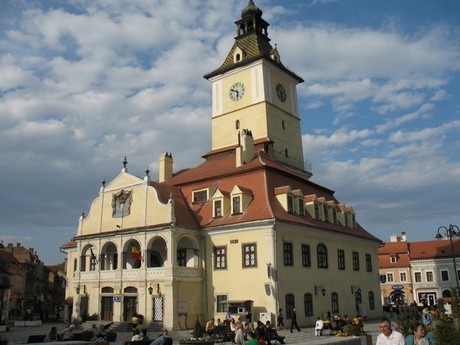
The Council Square (Piata Sfatului), known to the Saxon population as the Marktplatz, is the heart of the old medieval Brasov. Lined with beautiful red-roofed merchant houses, the square is one of the finest in the country. The buildings recall the region's German heritage.
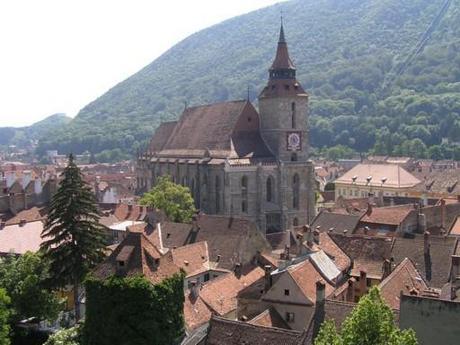
Brasov's most important landmark, the Black Church, the largest Gothic church between Vienna and Istanbul, towers over Piata Sfatului and the old town. Originally dedicated to Virgin Marry the church was Roman-Catholic for more than a century and a half and later with the reformation sweeping across Europe it became a Lutheran one. Service is still held today for the small German community from Brasov on Sundays. The Black Church boasts the largest church bell in Romania, weighing in at seven tons.
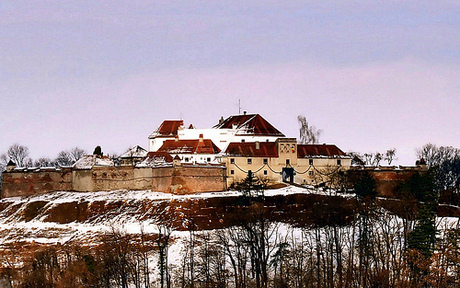
The Brasov Fortress, initially built on a hill outside the Brasov Citadel, today known as the Cetăţii (Citadel) Hill, dates back to the year 1524 and it was built as a fortification with four towers, being part of the defense system of the Brasov Citadel. The initial construction of the Brasov Fortress, from stone and bricks, presented itself in the shape of a horseshoe, shape that is held even today by the central part of it.
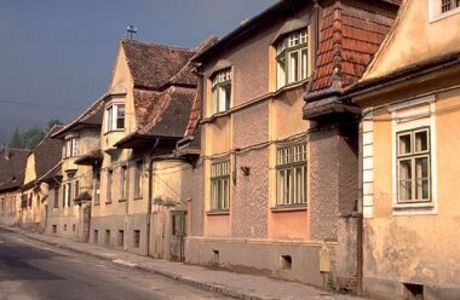
Strategically located on a hill overlooking the town and the plains to the north, the citadel was part of Brasov's outer fortification system. Built in wood in 1524, it was replaced with a stone structure in the 16th century, only to be abandoned in the 17th century after technological innovations made cannons stronger than the building. Today, it serves as a restaurant.
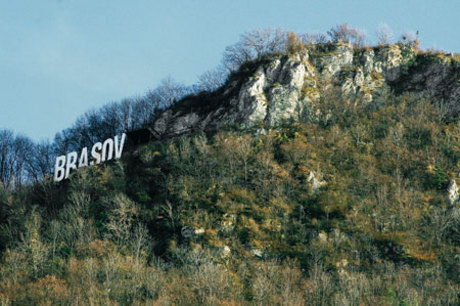
Brasov is often referred to as "the city at the foot of Mount Tampa". Tampa is the natural landmark of Brasov and it can be seen from every corner of the city. It is 900m above see level high and it has a large TV transmitter antenna on top. It is actually in the middle of Brasov, making a clear division between the old medieval part of the city and the new one, made up of concrete blocks of flats.
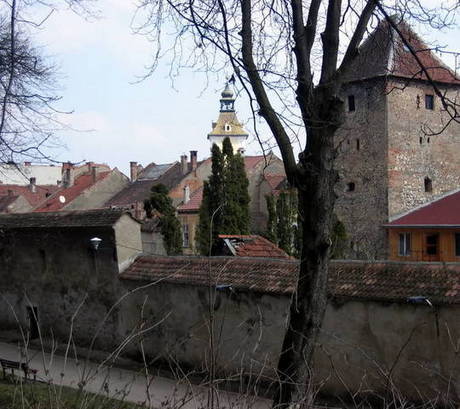
Ever since Saxon settlers arrived in the early 12th century, invading Mongols, Turks and others gave them a tough time, repeatedly destroying the old settlements of Bartholoma and Corona. Thereafter, the Saxons set themselves to building fortifications around their town.
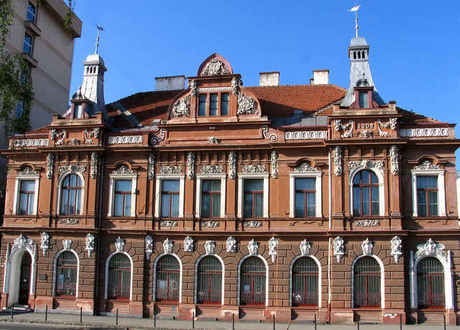
National Art Museum of Brasov was founded in 1949 as a section of Regional Museum. In 1970 the works of the national art museum were moved in the present building which was built in 1902 for Brasov Craftsmen Association. There are 2 permanent exhibitions. The National Gallery exhibits modern and contemporary Romanian Art while the Applied Art Gallery exhibits oriental, European and Romanian crafts. The entire collection displays more than 3800 objects. The painting, sculpture and applied art are very representative for the Romanian art. The museum is known also for its temporary exhibitions.
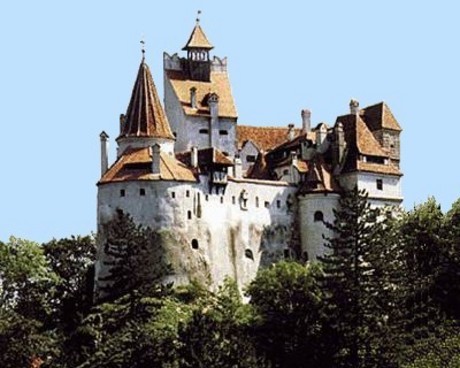
Bran is situated at less then 30 km from Brasov, on the road going out through the old Bartolomeu neighborhood and which relates the city of Brasov to Campulung Muscel, the first capital of Valahia, the place where Piatra Craiului Mountains meet the Bucegi Massif.
 1 2 34 5 6 7 8
1 2 34 5 6 7 8 
